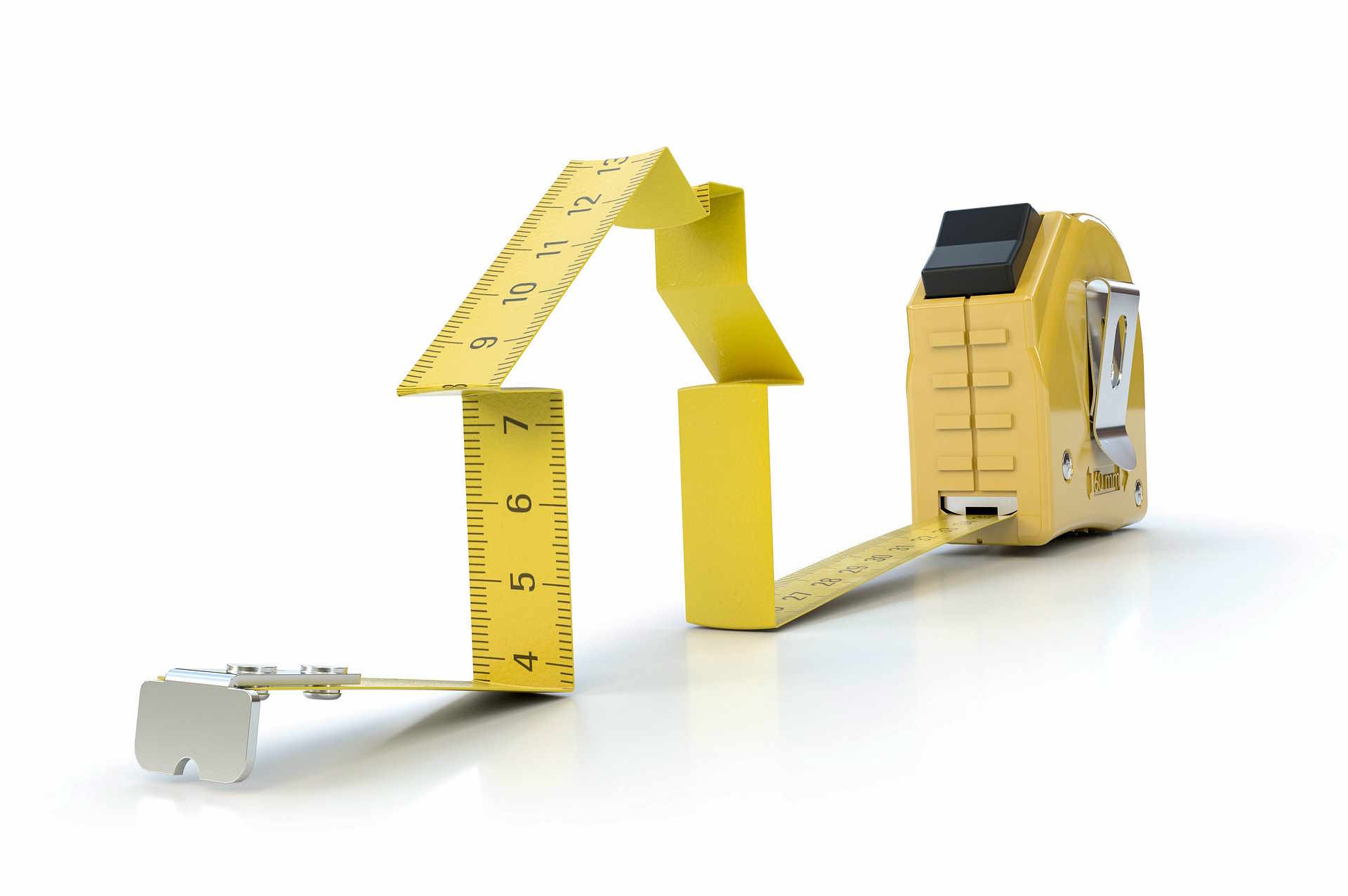Decoding Home Value: A Practical Guide to Property Pricing
Home value is more than a listing price; it reflects a mix of factors that shape what a property is worth in today’s real estate market. This guide explains how house condition, timing, neighborhood change, and targeted renovations influence property worth, and offers practical tips to boost value and make smarter buying, selling, or investment decisions.

How a Home’s Condition Shapes Its Market Value
The physical state and features of a residence play a direct role in what buyers are willing to pay. Elements such as the building’s age, structural soundness, and how well systems have been maintained all affect perceived value. Upgrades like modern kitchens, efficient HVAC systems, and smart home devices can make a home more appealing and command higher prices. Conversely, deferred maintenance, outdated fixtures, or substandard materials tend to reduce a home’s marketability and selling price. Craftsmanship and the quality of materials used in construction also influence buyer impressions and appraisals, so both cosmetic and substantive improvements matter.
The Influence of Market Timing on Property Prices
Real estate values fluctuate with broader market cycles. Supply and demand dynamics are the primary drivers: when inventory is tight and buyer interest is strong, prices typically rise; when supply outpaces demand, prices may soften. Interest rates, national and local economic performance, and employment trends also shape how much buyers can and will pay. Localized factors—such as new employers moving into an area or a shift in neighborhood desirability—can make timing particularly important. Homeowners who understand these cycles can better time purchases, sales, and refinancing to maximize financial outcomes.
Practical Ways Homeowners Can Increase Value
Not all renovations deliver equal returns. Some updates reliably lift a home’s worth, while others offer modest payback. High-impact improvements often include kitchen and bathroom remodels, adding energy-efficient windows and appliances, and enhancing curb appeal through landscaping or exterior repairs. Creating or improving outdoor living spaces, finishing basements, and adding flexible living areas can also attract buyers and boost list prices.
Before investing, research comparable homes in your neighborhood to determine which upgrades buyers value most. Cost-effective projects like fresh paint, updated lighting, and modern hardware can refresh a property without large expenditures. For larger investments, prioritize changes that align with neighborhood standards so the update feels appropriate for the market and draws the best return.
Current Real Estate Market Valuations
| Property Type | Typical Value Range | Primary Value Drivers |
|---|---|---|
| Single-Family Home | $250,000 - $500,000 | Location, lot size, condition |
| Townhouse | $200,000 - $400,000 | Community amenities, age, HOA rules |
| Condominium | $150,000 - $350,000 | Building location, shared features, maintenance fees |
| Luxury Home | $750,000+ | Unique architecture, exceptional location, high-end finishes |
Prices, rates, or cost estimates mentioned are based on the latest available information but may change over time. Independent research is advised before making financial decisions.
Why Neighborhood Changes Matter
Community developments and shifts in local infrastructure have a substantial impact on nearby property values. Positive changes—such as new schools, parks, transit options, or retail centers—often enhance demand and push prices upward. Infrastructure improvements like better roads or public amenities can make an area more desirable and raise long-term value.
On the other hand, developments that increase noise, traffic, or pollution, or that introduce undesirable land uses, can lower nearby home values. Prospective buyers and existing homeowners should monitor local planning and zoning activity, proposed commercial projects, and municipal investment plans to gauge how the neighborhood might evolve and how that evolution could affect property worth.
Putting It All Together: Strategies for Owners and Buyers
Evaluating a property requires looking beyond square footage and bedroom counts. A thorough assessment includes the home’s physical state, recent comparable sales, local market trends, financing conditions, and planned neighborhood projects. Homeowners can protect and enhance value by keeping up with maintenance, making strategic improvements that fit neighborhood norms, and staying aware of economic indicators.
Buyers should factor in potential future neighborhood upgrades or declines. Sellers who time the market and present a well-maintained, thoughtfully updated home often attract stronger offers. Investors benefit from combining knowledge of timing, renovation ROI, and micro-market conditions to maximize returns.
Final Thoughts
Home value is a multifaceted concept driven by condition, timing, improvements, and neighborhood context. Regular market review, prudent maintenance, and targeted upgrades aligned with local expectations are the most reliable ways to maintain or increase property worth. While real estate markets change, informed choices about when to buy or sell and which investments to make will help protect and grow your property’s value over time.






